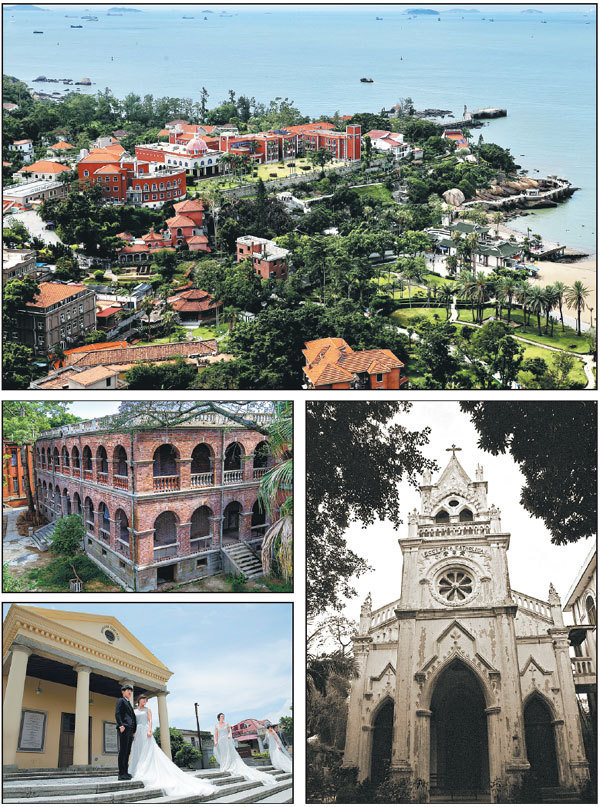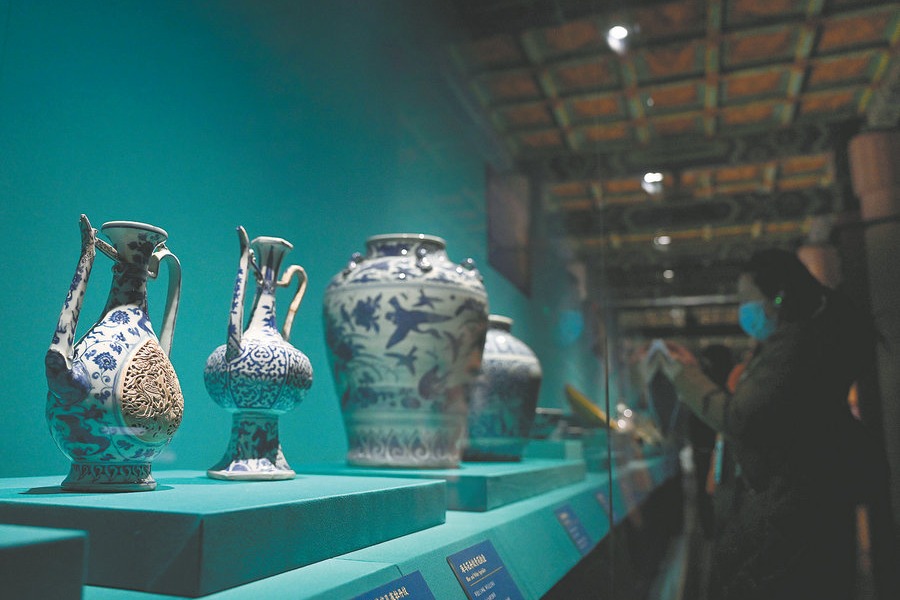Kulangsu a model of cultural preservation


Over the past few decades, China has become a country famous for its rapid urban growth and spectacular, futuristic architecture. Anyone familiar with this side of China might feel surprised to learn the efforts the country has taken to preserve a tiny island of 4,000 households in the bay of Xiamen, Fujian province.
China, a country which believes in doing projects on a gigantic scale, has made immense efforts to preserve the 1.88-square-kilometer island of Kulangsu, which at one point in history was an international settlement for various countries. While the island and its numerous structures stand as a legacy of these nations, the efforts taken by the Chinese government in embracing and celebrating foreign values and cultures are laudable.
The Chinese government has converted the tiny island, with a population of around 20,000, into one of the very few pedestrian-only islands in the world. It is completely free of cars and has even banned bicycles from the streets. The island’s unique heritage led to it being granted status as a UNESCO World Cultural Heritage site last year.
When you first set foot on the island, you’ll notice the lush greenery, the serene atmosphere and the many knobbly banyan trees that line its paved cobbled streets.
What is most striking is the presence of 931 historical mansions constructed in European style in the 19th century as well as the efforts taken to preserve these structures. Almost every structure has a past, but one of the most iconic and haunting examples is the former Japanese consulate, which also housed a police station. The preservation of this structure speaks volumes about China’s efforts to preserve its history and cultural heritage and serves as an example to many other countries.
Another major architectural highlight is the Catholic Church, designed in Gothic style by a Spanish architect in 1917 and constructed by craftsmen from surrounding areas. Because of space constraints, the church is oriented north to south rather than the usual west to east.
Shuzhuang Garden is another interesting place. Constructed in 1913 by a wealthy Taiwanese merchant, the garden incorporates a total of 12 landscapes into its design. These create an idealized scene stressing harmony between human beings and their surroundings.
However, the highlight of the island is the piano museum, which preserves the legacy of classical music. Even though the modern piano in its present form arrived on the island in the early 20th century, the region saw a proliferation of pianos, with over 500 such instruments present on the island in the 1950s. The island is also the birthplace of many of the world’s leading pianists. To honor these instruments, Hu Youyi, a private collector of pianos, set up the museum and even donated over 100 pianos to its collection.
While the island has created a name for itself as the island of pianos, it is indeed commendable that such a museum emerged in China rather than in the West, where the instrument originated.
As an ancient civilization, China enjoys a massive wealth of cultural heritage, which it has admirably preserved, and has also recognized new types of cultural heritage. Kulangsu is one such place which represents the courage and ability of Chinese society to be inclusive and embrace, celebrate and preserve foreign culture.
The author is an Indian journalist and a fellow at the China Asia Pacific Press Center.
The opinions expressed here are those of the writer and do not represent the views of China Daily and China Daily website.


































